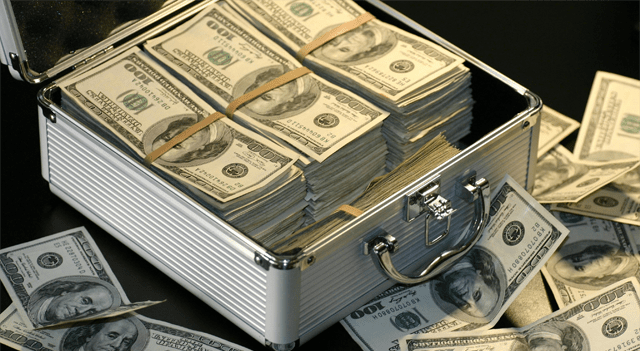The U.S. dollar held firm on Thursday, supported by weakness in the euro and the yen, as investors navigated mounting political instability in Europe and Japan alongside an extended U.S. federal government shutdown.
In Europe, attention returned to France’s political crisis after a brief focus on EU tariff discussions. French President Emmanuel Macron’s office confirmed on Wednesday that he will appoint a new prime minister within 48 hours, following the abrupt resignation of Sebastien Lecornu. Lecornu’s exit — just hours after unveiling his cabinet — has thrown Europe’s second-largest economy back into political uncertainty.
Speculation has grown around the possibility of an early parliamentary election, though Macron’s office has stressed that a majority of lawmakers remain opposed to such a move.
“It’s a domestic political and, probably soon, an economic crisis. Direct contagion to other eurozone countries looks unlikely. Indirect contagion, however, is possible,” analysts at ING said.
The political turmoil weighed on the euro, which slipped 0.1% to $1.1622. The single currency has dropped around 0.8% over the past week, hitting its lowest level since late August on Wednesday.
In Japan, investor focus remained on Sanae Takaichi’s victory in the ruling Liberal Democratic Party leadership race. Markets expect her to support expanded fiscal spending and a softer monetary stance. This, coupled with easing expectations for additional tightening by the Bank of Japan, continued to pressure the yen.
“The recalibration of market expectations around a slower pace of Bank of Japan rate hikes continues to exert downward pressure on the yen, with spillover effects weighing on regional currencies,” MUFG analysts said in a note.
The yen traded at 152.67 per dollar, near its weakest level since February, and has fallen more than 3.6% against the greenback this week.
The U.S. Dollar Index, which measures the greenback against six major currencies, was steady at 98.94 by 05:28 ET (09:28 GMT), after touching a two-year high earlier in the session.
Meanwhile, investors closely monitored the ongoing U.S. government shutdown, now in its second week, which has delayed the publication of key economic indicators likely to shape the Federal Reserve’s policy outlook for the rest of the year.
Minutes from the Federal Open Market Committee’s September meeting showed officials divided over how quickly to adjust interest rates, balancing a slowing labor market with persistent inflation.
Most policymakers “judged that it likely would be appropriate to ease policy further over the remainder” of the year, though the timing and scale of any cuts remain unclear, the minutes said.
In a note, analysts at Capital Economics wrote that most FOMC participants support lowering rates toward a more “neutral setting,” citing “downside risks” to the employment outlook.
“Nonetheless, with ‘a majority of participants’ still emphasising the ‘upside risks to their outlooks for inflation,’ we remain comfortable with our view that the FOMC will proceed at a slower pace than market pricing suggests,” the analysts said.
Markets continued to price in a 25-basis-point rate cut at the Fed’s upcoming meeting later this month.
This content is for informational purposes only and does not constitute financial, investment, or other professional advice. It should not be considered a recommendation to buy or sell any securities or financial instruments. All investments involve risk, including the potential loss of principal. Past performance is not indicative of future results. You should conduct your own research and consult with a qualified financial advisor before making any investment decisions.
